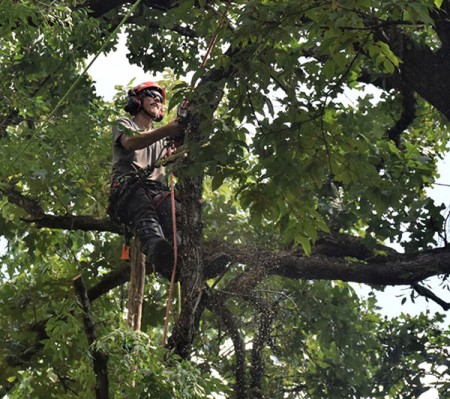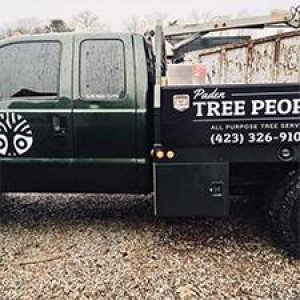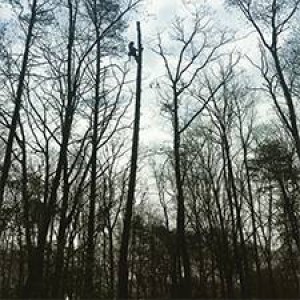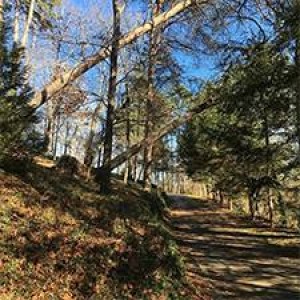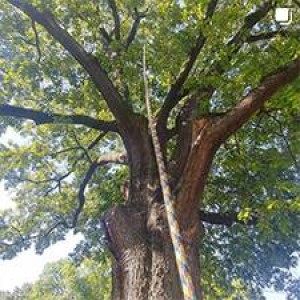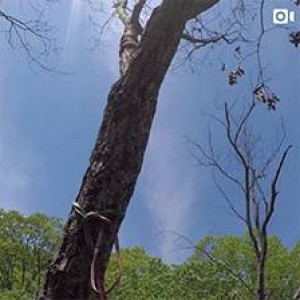No Matter The Job—High-Risk Tree Removal
Trees can be beautiful, and add a lot of aesthetic appeal to a property. Not only do trees provide an aesthetic value to your property, but they can also increase the literal value of the property for numerous reasons. Trees can offer shade, shield from the wind, and drainage benefits. However, some are also good candidates for removal, and here’s why.
Some trees have been planted too close to homes, threatening their structural integrity with root systems that can cause damage. Tree roots can also break up driveways and sidewalks. They can also shade a yard so much that a nice lawn or any other healthy vegetation is no longer an option. Dead wood can also be a liability, threatening to fall and cause property damage to your home or worse yet, the home of a neighbor.
No matter the nature of your tree problem, our experienced staff is equipped with both the know-how and the tools necessary to adequately diagnose and address it. We use tried-and-true methods, industry-standard gear, and a calculated approach to essentially any tree-related issue.
What To Look For
Trees can become hazardous when powerlines, commercial buildings, houses, vehicles, or even people can be struck by them. Although they can sometimes bring value to your street or your home, there are also a lot of risks involved with trees. High-risk tree removal really depends on the state of the tree and the potentially dangerous environment it can create. While it is best to contact our team for a consultation, here are a few things to look out for:
Check the Tree Trunk: If the tree trunk has any signs of decay, it could be the result of a diseased or infected tree. This can lead to weaker structural stability within the tree causing it to fall over or lean.
Examine the Crown: The crown of the tree, or the canopy, is the part of the tree that starts with the very first branches and includes everything above. When examing the tree crown, look at the branches from the top down. Many times, drought, infestation, or disease can cause the tree to die from the top-down resulting in an unsafe or dangerous tree.
Look for Leaning: Leaning trees are the more common hazardous ways that might result in tree removal. If they are near a structure, road, or vehicle, it is probably best they be removed. With that being said, not all leaning trees are dangerous. Some trees that are leaning simply grow that way. These trees are at way less of a risk than trees that grew straight and are now leaning.
When you spot a leaning tree, check for any uplifted soil or roots on the opposite side of the lean to help you better determine if it needs to be removed or not.
Look for Damage: It's important to look for any sign of damage on the tree. This can include branch damage, root damage, and trunk damage. If the tree is leaning to one side, it could be the result of a rotten tree trunk, or it could be the result of dead or missing branches on one side of the tree. Not only that, but if the tree is diseased, the roots of the tree can be weak or dead causing the tree to become extremely unstable.
Fast Facts about High-Risk Tree Removal Service:
-
Downed trees often bring power lines down with them, so it's extremely important to take the proper safety precautions.
-
Removing trees almost always requires special tools and skills, and attempting the task yourself is a major risk to your safety.
-
Hire a professional and insured team to remove trees, especially when they are near buildings and powerlines or in other precarious situations.
- In the event of an emergency service, our crew will prioritize our work schedule to make sure you get the fastest and safest response available!
If you need a tree removed or have any other questions about our tree service company, contact us today for a free estimate, or visit our FAQs page!


